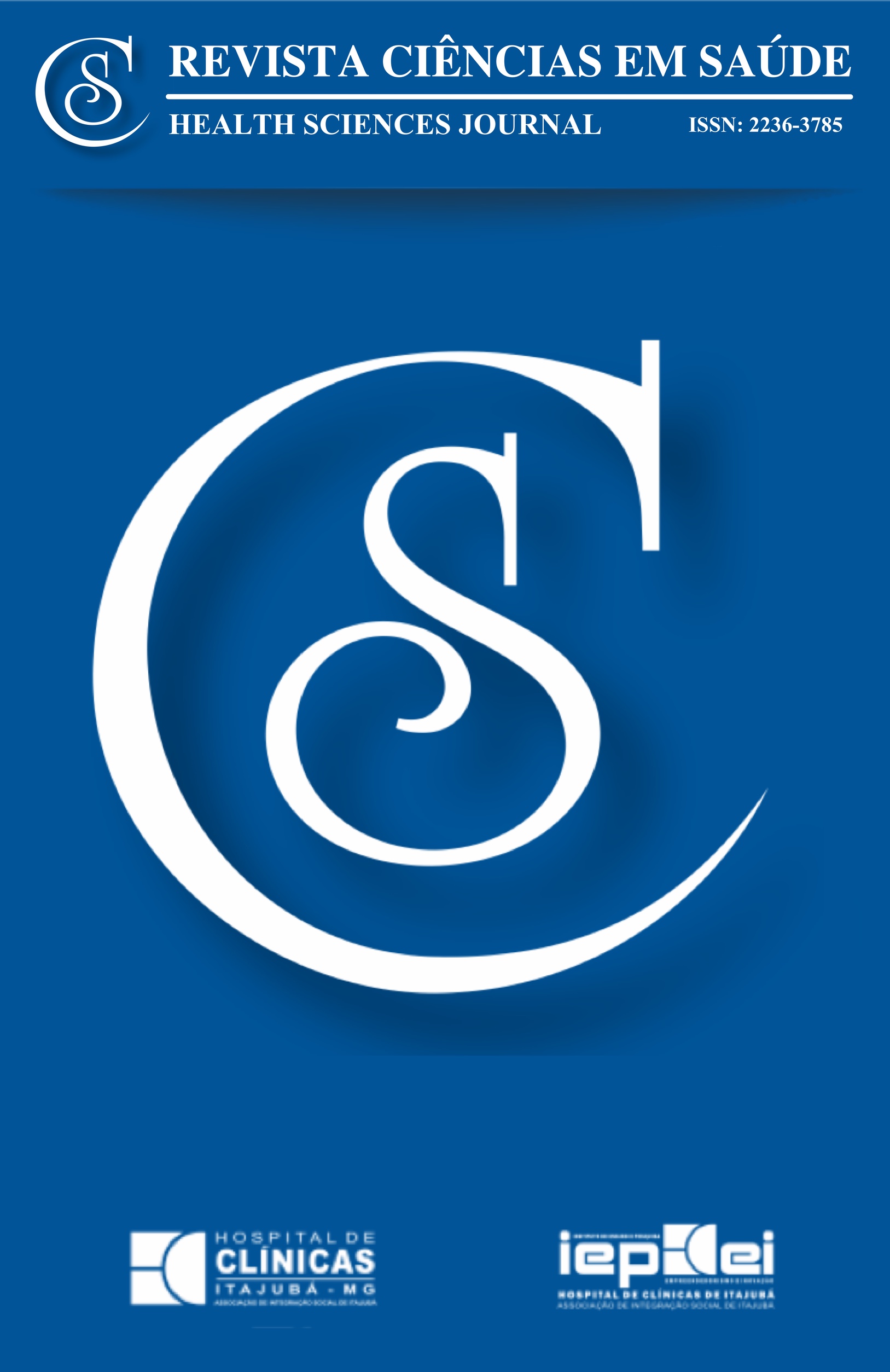Terapia com células tronco em doenças vasculares
Conteúdo do artigo principal
Resumo
Apesar dos avanços científicos, as doenças vasculares são responsáveis por um terço dos óbitos. Entender a biologia das células tronco e a terapia celular pode significar importante avanço na redução desta mortalidade.
Detalhes do artigo
Os autores mantêm os direitos autorais e concedem ao HSJ o direito de primeira publicação. A partir de 2024, as publicações serão licenciadas sob a Attribution 4.0 International 
 , permitindo seu compartilhamento, reconhecendo a autoria e publicação inicial nesta revista.
, permitindo seu compartilhamento, reconhecendo a autoria e publicação inicial nesta revista.
Os autores estão autorizados a assumir contratos adicionais separadamente para distribuição não exclusiva da versão do trabalho publicada nesta revista (por exemplo, publicação em repositório institucional ou como capítulo de livro), com reconhecimento de autoria e publicação inicial nesta revista.
Os autores são incentivados a publicar e distribuir seu trabalho on-line (por exemplo, em repositórios institucionais ou em sua página pessoal) a qualquer momento após o processo editorial.
Além disso, o AUTOR fica informado e consente que o HSJ possa incorporar seu artigo em bases de dados e indexadores científicos existentes ou futuros, nas condições definidas por estes a cada momento, o que envolverá, pelo menos, a possibilidade de que os titulares de esses bancos de dados podem executar as seguintes ações no artigo.
Referências
Navarro TP, Lopes LMN, Dardik A. Chapter 1. Introduction to Stem Cell Therapy and Its Application in Vascular Diseases. in Stem Cell Therapy for Vascular Diseases. 1 Ed. Springer. Switzerland. 425 p. 2020. https://doi.org/10.1007/978-3-030-56954-9_1
Konstantinov IE. In search of Alexander A. Maximow: the man behind the unitarian theory of hematopoiesis. Perspect Biol Med. 2000;43(2):269-76. https://doi.org/10.1353/pbm.2000.0006 PMid:10804590
Gurdon JB. The developmental capacity of nuclei taken from intestinal epithelium cells of feeding tadpoles. J Embryol Exp Morphol. 1962;10:622-40. https://doi.org/10.1242/dev.10.4.622
Takahashi K, Yamanaka S. Induction of pluripotent stem cells from mouse embryonic and adult fibroblast cultures by defined factors. Cell. 2006;126(4):663-76. https://doi.org/10.1016/j.cell.2006.07.024 PMid:16904174
Takahashi K, Tanabe K, Ohnuki M, Narita M, Ichisaka T, Tomoda K, et al. Induction of pluripotent stem cells from adult human fibroblasts by defined factors. Cell. 2007;131(5):861-72. https://doi.org/10.1016/j.cell.2007.11.019 PMid:18035408
NobelPrize.org. The Nobel prize in physiology or medicine 2012. Available from: https://www.nobelprize.org/prizes/medicine/2012/press-release
Guo J, Dardik A, Fang K, Huang R, Gu Y. Meta-analysis on the treatment of diabetic foot ulcers with autologous stem cells. Stem Cell Res Ther. 2017;8(1):228. https://doi.org/10.1186/s13287-017-0683-2 PMid:29037219 PMCid:PMC5644171
Lopes L, Setia O, Aurshina A, Liu S, Hu H, Isaji T, et al. Stem cell therapy for diabetic foot ulcers: a review of preclinical and clinical research. Stem Cell Res Ther. 2018;9(1):188. https://doi.org/10.1186/s13287-018-0938-6 PMid:29996912 PMCid:PMC6042254
